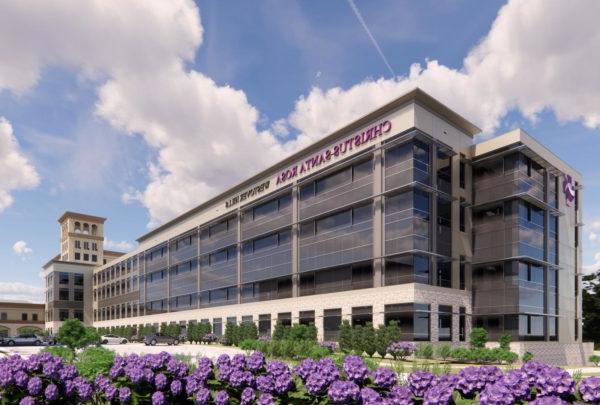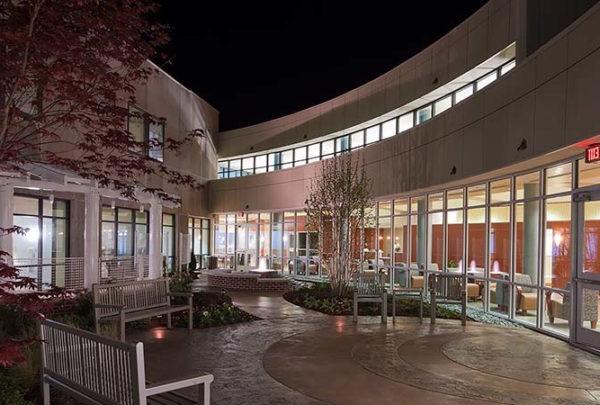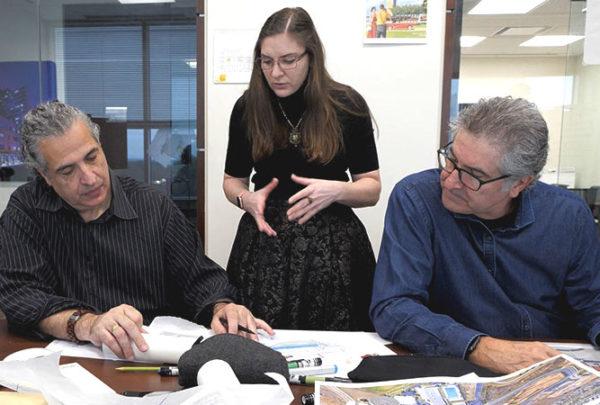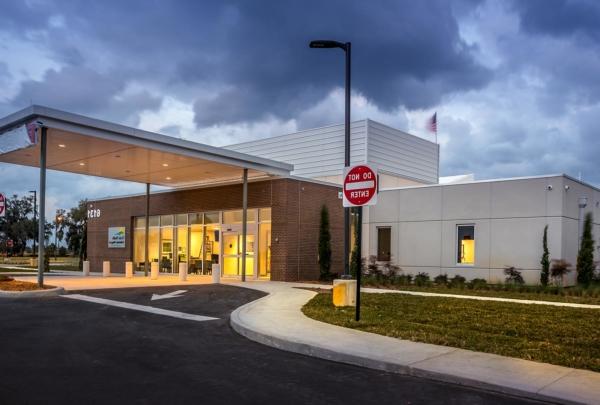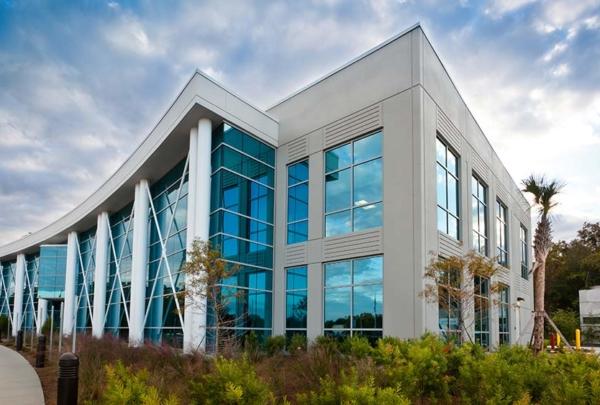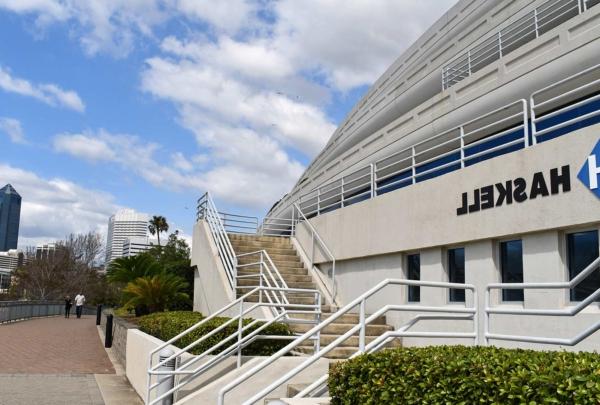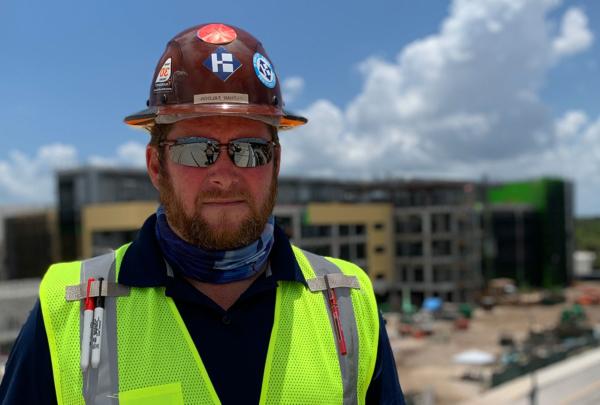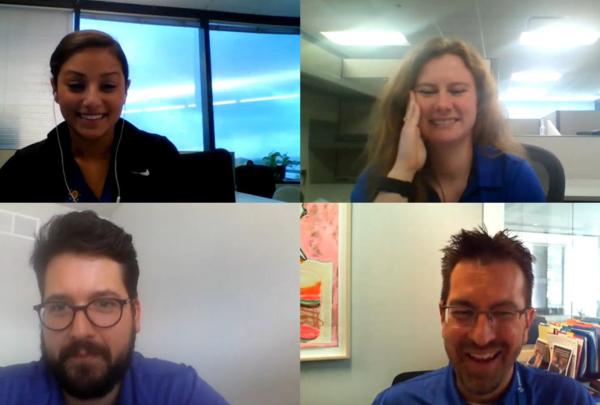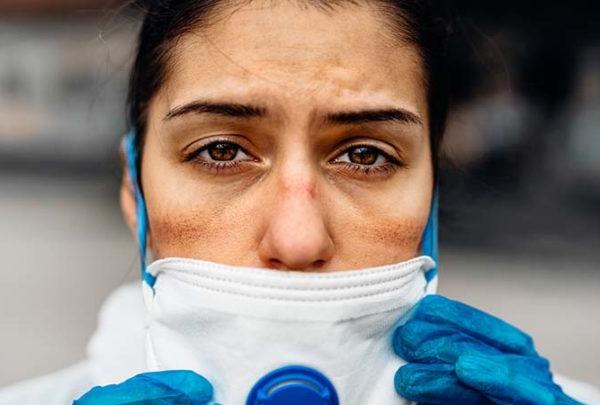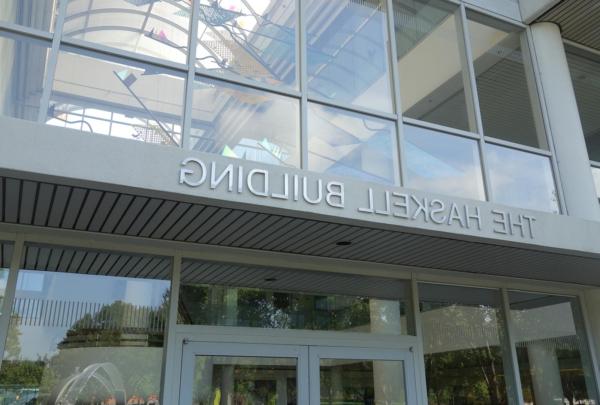We have learned a lot from the outbreak of COVID-19, and we will continue to quantify the magnitude of the strain this pandemic is putting on our health system. This pandemic does not necessarily reveal a shortage in beds but instead an opportunity to use the beds that we have more efficiently. This is a key perspective moving forward in healthcare design, particularly for engineering. With that in mind, we have developed a list of the top 10 issues that will influence healthcare facility design in the years to come.
1. Flexibility to convert airflow within spaces
Flexibility for healthcare systems and facilities will be top-of-mind. Spaces with built-in capability to convert quickly will provide safe environments for the next healthcare crisis.
2. Ability to separate airflow
Looking at HVAC configurations and considering separation of airflow between departments not only helps with the prevention of cross-contamination but also gives staff the ability to isolate areas or entire units.
3. Implementation of energy reclaim systems
As exhaust requirements climb for additional airborne isolation, so will energy consumption. These systems should be discussed and evaluated as a method to meet future energy code requirements.
4. Outfitting facilities to maximize utilization for delayed procedures
Proactively preparing facilities for the growing list of backlogged procedures may mean taking the time to complete routine maintenance or moving forward with an upfit to a shelled space that has been repeatedly pushed out.
5. Deployment of modular and/or mobile solutions
We believe we will see an uptick in the deployment of modular and/or mobile healthcare solutions. Currently we are only scratching the surface with this capability as an industry, but embracing it can maximize a system’s flexibility to react.
6. Incorporation of advancing contactless and mobile device technologies
Contactless and mobile device technologies already exist, and most of us already use them daily. COVID-19 has just accentuated the need and fueled innovation for years to come.
7. Modifications to the electrical network and emergency power capacity
This system is vital to patient care and designed based on user quantities and industry standard diversity factors. The influx in patients during COVID-19 has challenged those standards.
8. Increased medical gas storage and vacuum network capacity
Like electrical networks and emergency power capacity, the patient surge due to COVID-19 has challenged industry standards.
9. Accommodating expanding hospital support services
Hospital support spaces such as labs, sterile processing departments, and even morgues are complements to daily operations and need to be included in the capital planning for adequate utilities.
10. Capacity evaluations during FCA assessments
We believe facilities will find themselves asking the question, “What do we have, and what can we do with it?” Currently, this is done at varying levels of detail during facility condition assessments, but we believe this will increase in comprehensiveness to facilitate decisions on upcoming changes.
Learn more about design trends in our blog post “Top 10 Design Trends We Expect Post-COVID-19.”














